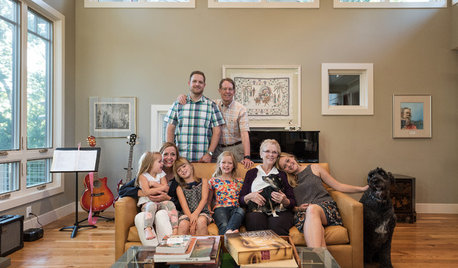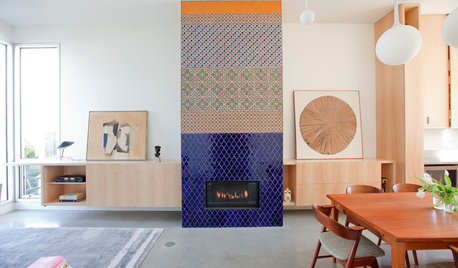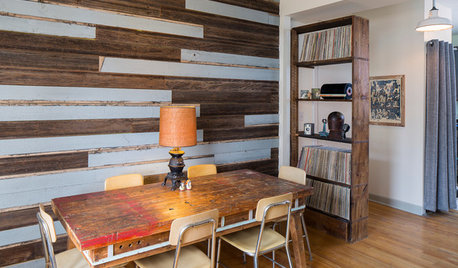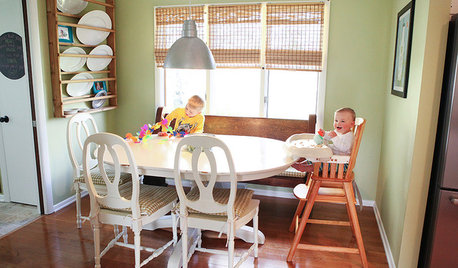another generator question
woodturner79
11 years ago
Related Stories

HOUZZ TOURSMy Houzz: Making Room for 3 Generations
A Salt Lake City home creates privacy and independence for grandparents, parents, kids and dogs
Full Story
HOUZZ TOURSHouzz Tour: Innovative Home Reunites Generations Under One Roof
Parents build a bright and sunny modern house where they can age in place alongside their 3 grown children and significant others
Full Story
HOUZZ TVHouzz TV: Cool Reclaimed Wood Projects Fill a Craftsman’s Home
Using barn wood, beadboard and beams, this homeowner has crafted furnishings and features for his family’s Chicago home
Full Story
ORGANIZINGPre-Storage Checklist: 10 Questions to Ask Yourself Before You Store
Wait, stop. Do you really need to keep that item you’re about to put into storage?
Full Story
SELLING YOUR HOUSE15 Questions to Ask When Interviewing a Real Estate Agent
Here’s what you should find out before selecting an agent to sell your home
Full Story
REMODELING GUIDESConsidering a Fixer-Upper? 15 Questions to Ask First
Learn about the hidden costs and treasures of older homes to avoid budget surprises and accidentally tossing valuable features
Full Story
FEEL-GOOD HOMEThe Question That Can Make You Love Your Home More
Change your relationship with your house for the better by focusing on the answer to something designers often ask
Full Story
GREEN DECORATING8 Questions to Help You See Through Green Hype
With the ecofriendly bandwagon picking up some dubious passengers, here's how to tell truly green products and services from the imposters
Full Story
MOVINGSaying Goodbye to One Home and Hello to Another
Honor your past and embrace your future with these ideas for easing the transition during a move
Full Story
HOUSEKEEPINGDon't Touch Another Stain Before You Read This
Even an innocent swipe with water may cause permanent damage. Here's what to know about how rugs and fabrics react
Full StoryMore Discussions









Ron Natalie
woodturner79Original Author
Related Professionals
Markham Electricians · Aberdeen General Contractors · Lincoln General Contractors · Marysville General Contractors · Midlothian General Contractors · Norwell General Contractors · Peoria General Contractors · Shaker Heights General Contractors · Spencer General Contractors · Tamarac General Contractors · Lynn Solar Energy Systems · Waltham Solar Energy Systems · Plant City Home Automation & Home Media · Walnut Creek Home Automation & Home Media · East Setauket Home Automation & Home Mediabrickeyee
weedmeister
hexus
woodturner79Original Author
woodturner79Original Author
yosemitebill
Ron Natalie
Ron Natalie
woodturner79Original Author
brickeyee
woodturner79Original Author
yosemitebill
countryboymo
woodturner79Original Author
brickeyee